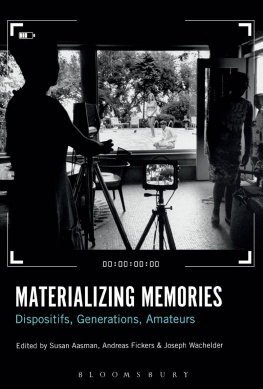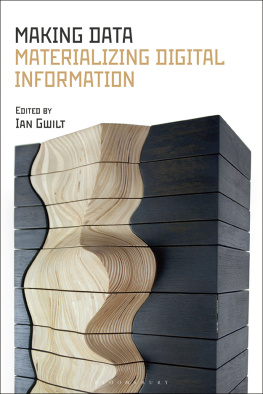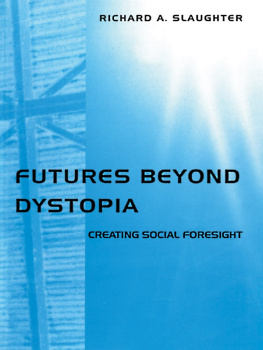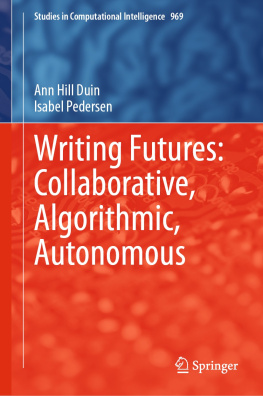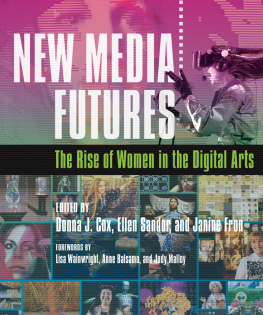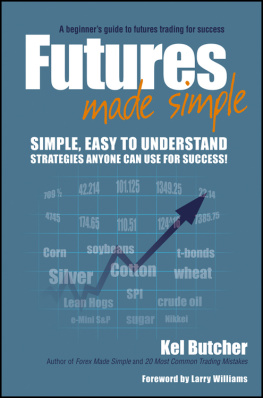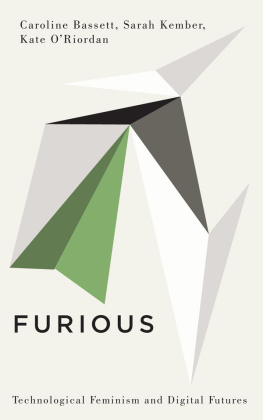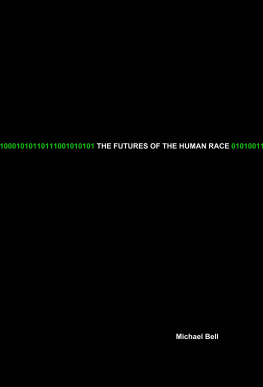Shana MacDonald and Brianna I. Wiens
Greg Bowtell is Lecturer in Games and Virtual Reality working in the School of IT at Deakin University, Australia. Gregs research focus includes game design, immersive learning experience design and evaluation, co-design methods, accessibility and affordance of XR-based applications and experimental systems for education and performance. Greg has a strong industry focus, having worked with a diverse range of industry partners in health, education and creative domains including the Australian Broadcasting Corporation (ABC), City of Melbourne, Peter MacCallum Cancer Centre, Australian Marine Parks and the Australian National Academy of Music.
Ben Byrne is Program Manager and Senior Lecturer (Digital Media) at RMIT University, Melbourne, Australia. He is a listener, curator and educator experimenting with digital sound, art and design while living through big tech and climate crises. He is the founder and curator of Avantwhatever, a platform for experimental sonic practice. He recently published Directing Listening: Sound Design Methods from Film to Site-Responsive Sonic Art in The Bloomsbury Handbook of Sonic Methodologies (Bloomsbury, 2021).
Toija Cinque is Associate Professor in Communication (Digital Media) in the School of Communication and Creative Arts at Deakin University, Australia. Cinque uses research methodologies for creative design drawn from multidiscipline integration including playful learning applications and experiences that address real-world problems from digital literacies, privacy and surveillance, to science communication. Published works include: Digital Media Ecologies (forthcoming), Changing Media Landscapes: Visual Networking (2015), Communication, Digital Media and Everyday Life , 2nd edn (co-authored, 2015) and New Media in Everyday Life (co-authored, 2012).
Xi Cui is Associate Professor of Communication Studies at the College of Charleston in South Carolina, USA. His research is concerned with the ritualistic aspects of the media and media uses, and their cultural implications on the social construction of reality. He is particularly interested in how both media contents and media use construct a sense of normalcy in the times of social or technological disruption. His studies have been published in numerous journals including Journalism , Mass Media & Society and International Journal of Communication .
Luke Heemsbergen is an Early Career Researcher in Deakin University, Australia. He engages emerging forms of the sociopolitical visibility afforded by digital communications and studies their impact. This includes substantive focus on the evolving interfaces of the digital-material world like 3D printing and augmented reality. He has published over 15 peer-reviewed papers, a majority within top quartile international journals. His research has been drawn on in national (ABC, Nine) and international ( New York Times , Wired ) media, and his first monograph is forthcoming in 2021.
Steph Hutchison is a choreographer, performer and artist-researcher. Her practice is driven by dance improvisation and collaboration with motion capture, animation, robotics, haptics, extended reality and artificially intelligent performance agents. Steph is currently a dance academic and research ethics advisor at the Queensland University of Technology (QUT), Australia. At QUT Steph teaches contemporary dance, choreographic practice, screen dance and interdisciplinary collaboration.
Amy LaViers is Director of the Robotics, Automation and Dance (RAD) Lab. Her research interests focus on the intersection between dance and robotics. She has published scholarly work and presented live choreography and installations at this intersection for over a decade. She is currently writing her first authored manuscript with fellow Certified Movement Analyst Catherine Maguire, tentatively titled Making Meaning with Machines .
Shana MacDonald is Associate Professor in Communication Arts at the University of Waterloo, Canada, and the current President of the Film Studies Association of Canada. Her interdisciplinary research examines intersectional feminism within social media, popular culture, cinema, performance and public art. MacDonald is Director of the qcollaborative, a feminist design lab that develops new forms of relationality through technologies of public performance, where she co-runs the online archive Feminists Do Media (Instagram: @aesthetic.resistance). She has published in Feminist Media Histories , Media Theory Journal , Feminist Media Studies and is Lead Editor in the forthcoming book Networked Feminist Activisms (Lexington Press).
John McCormick is a technology-based artist with a major interest in movement. John has collaborated on works worldwide, including at International Symposium of Electronic Art (ISEA), ZERO1SJ, SIGGRAPH, Melbourne Festival, Venice Biennale, Siggraph Asia, Ars Electronica Futurelab, Tokyo International Forum and Art Science Museum Singapore. John was a 2020 Australian Antarctic Arts Fellow. He is currently a lecturer and researcher in the Centre for Transformative Media Technologies at Swinburne University of Technology, Australia, where he investigates artistic practice in mixed reality environments, robotics, artificial intelligence and human action.
Andrew McIntyre is a doctoral student in the Film and Television Studies Department at the University of Glasgow, UK. Funded through the UK Arts and Humanities Research Council and the Scottish Graduate School for Arts and Humanities, his research on artificial intelligence art focuses on authorship theory, post-humanist philosophy and the media theory of Vilm Flusser.
John MacWillie is Principal Researcher at the Leviathan Project, a study of the US national security establishment (armed forces, intelligence agencies and law enforcement). He retired from the graduate media studies program at California State University, East Bay. Before teaching, he worked for twenty-five years as a senior executive in the information security industry and ten years in law enforcement administration in New York City. He received his PhD in media studies at the University of Leeds. His most recent publications are Noise and Surveillance: Object, Event, Limit (forthcoming), The Technics of a Gnostic World: An Ontogeny of Big Data (2020).
Triton Mobley is Professor of Practice at the School of the Museum of Fine Arts at Tufts University, USA. He is a new media practitioner and researcher. His guerrilla praxis and computational interventions have been presented at CURRENTS Virtual Festival, Tokyo Geidais Games Online, Harvards (IM)POSSIBILITY conference, University of Marylands Intentionally Digital, Intentionally Black conference, and Art Machines: Computational Media Art Symposium at City University of Hong Kong. Tritons research is framed within architectures of digital perceptions and cultural optics problematizing notions of being situated between the discontinuities of emergent technologies and communities of marginality.




